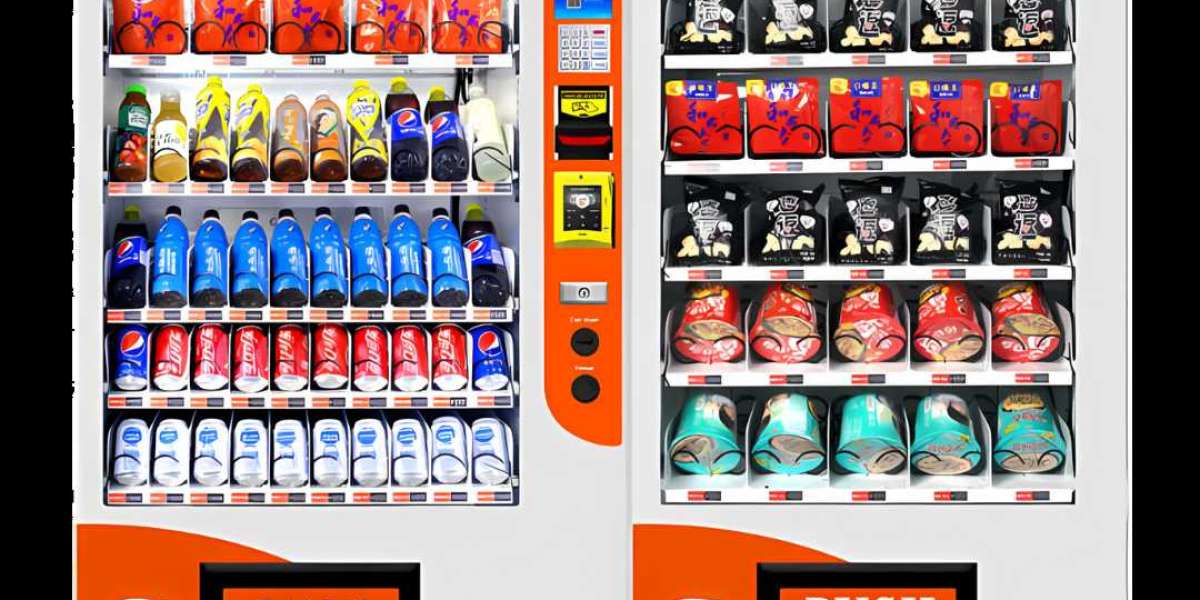Advertising, a critical force in the modern economy, has a profound impact on shaping consumer culture and influencing market dynamics. It serves as the primary means by which businesses communicate their products, services, and brand identities to the public, aiming to persuade potential customers to make purchasing decisions. Over time, advertising has evolved from simple announcements and print ads to complex, multi-channel campaigns that integrate traditional media with digital platforms. This evolution has been driven by technological advancements, changes in consumer behavior, and the increasing competition in global markets.
In its early days, advertising was largely informational, with businesses focusing on conveying the basic features and benefits of their products. These early ads were straightforward, often limited to text and basic visuals, and were distributed through newspapers, posters, and other print media. As industries grew and competition intensified, companies began to realize that simply informing consumers was not enough. They needed to differentiate their offerings from those of their competitors. This led to the rise of brand-building advertising, where businesses started to focus on creating a unique brand identity and emotional appeal that resonated with consumers on a deeper level.
The advent of mass media, particularly radio and television, marked a significant turning point in the history of advertising. These new platforms allowed advertisers to reach a much larger audience than ever before, and with the addition of sound and visuals, they could craft more compelling and memorable messages. Iconic TV commercials, such as those from Coca-Cola and Apple, became cultural touchstones, influencing not just consumer behavior but also popular culture. The ability to tell a story and create an emotional connection with viewers made television a powerful medium for advertisers, and it dominated the advertising landscape for decades.
The digital revolution brought about another major shift in the advertising industry. With the rise of the internet and the proliferation of digital devices, advertisers gained access to new tools and platforms that allowed for more precise targeting and real-time engagement. Online advertising, which includes everything from display ads and search engine marketing to social media campaigns and influencer partnerships, has become an essential part of the marketing mix. One of the key advantages of digital advertising is its ability to collect and analyze vast amounts of data, enabling businesses to personalize their messages and measure the effectiveness of their campaigns with unprecedented accuracy.
Social media platforms have further transformed the advertising landscape by creating new opportunities for direct interaction between brands and consumers. Social media ads can be highly targeted, reaching specific demographics based on factors like age, location, interests, and online behavior. This level of precision has made social media advertising one of the most effective ways to build brand awareness and drive conversions. Additionally, the rise of influencer marketing, where brands collaborate with popular social media personalities to promote their products, has added a new dimension to digital advertising. Influencers bring authenticity and relatability to brand messages, making them more appealing to their followers.
However, the increasing saturation of advertising across all media has led to the phenomenon of ad fatigue, where consumers become desensitized to the constant barrage of promotional messages. This has made it more challenging for advertisers to capture and retain attention. In response, many advertisers have shifted towards more subtle and integrated forms of advertising, such as native ads that blend seamlessly with content and experiential marketing that creates memorable brand experiences. These approaches aim to engage consumers in a more meaningful way, rather than simply interrupting their media consumption with overt sales pitches.
Advertising is not without its criticisms. Some argue that it can perpetuate harmful stereotypes, create unrealistic expectations, and contribute to consumerism and materialism. There is also growing concern about the use of personal data in digital advertising, with debates about privacy and consent becoming increasingly prominent. In response to these concerns, some businesses are embracing more ethical advertising practices, focusing on transparency, sustainability, and social responsibility. This shift reflects a broader trend towards purpose-driven marketing, where brands are expected to stand for more than just profit.
Looking ahead, the future of advertising will likely be shaped by emerging technologies such as artificial intelligence (AI), augmented reality (AR), and blockchain. AI has the potential to further enhance the personalization of ads, allowing for even more targeted and relevant messaging. AR could revolutionize the way consumers interact with ads by providing immersive, interactive experiences that bridge the gap between the digital and physical worlds. Blockchain technology, on the other hand, could bring greater transparency and trust to the advertising ecosystem, addressing issues related to fraud and data privacy.
In conclusion, advertising plays a vital role in the modern economy, influencing consumer behavior, shaping cultural trends, and driving market dynamics. As it continues to evolve in response to technological advancements and changing consumer expectations, the core principles of ads connecting with audiences, creating value, and driving sales—remain unchanged. Whether through traditional media, digital platforms, or future innovations, advertising will continue to be a powerful tool for businesses seeking to engage with consumers and thrive in an increasingly competitive marketplace.








